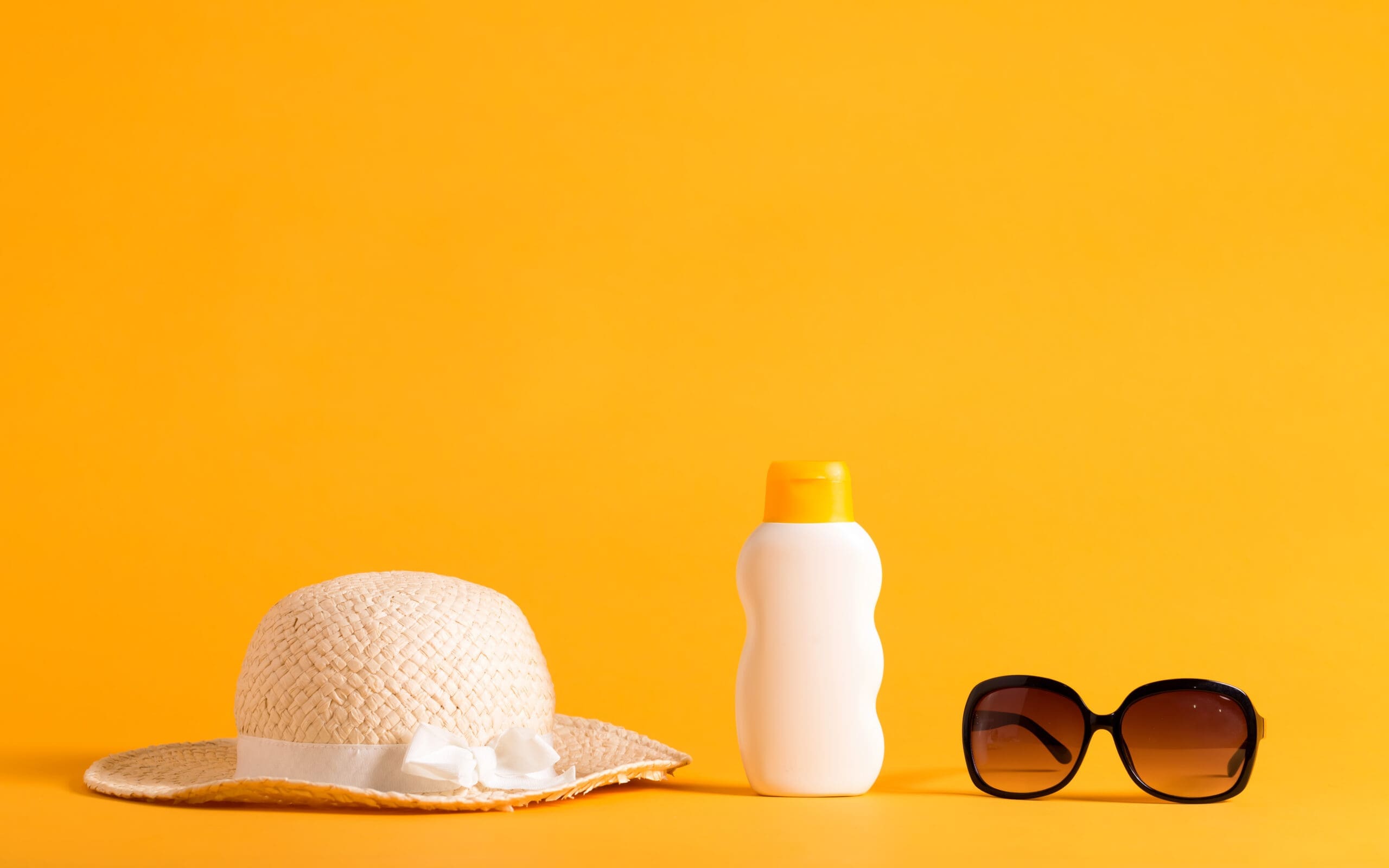Sunburn is literally a burn to the skin from the sun, however, it occurs more slowly than other types of burns. It is well known that light-skinned people have the highest risk of getting sunburned, but many people do not realise that skin of any colour can be damaged by the sun’s rays.
Sunburn should be avoided where possible as it is damaging to the skin, causing premature ageing as well as increasing the risk of skin cancer. Intense repeated sunburn, especially when young, increases the risk of developing certain types of skin cancers, such as melanoma, in later years.
Symptoms
Symptoms of sunburn include:
- Skin discoloration ranging from slightly pink to severely red or even purplish. Sunburn can appear from one to 6 hours after sun exposure and reaches its peak in 24 hours. It should then start to fade or turn brown.
- The skin feels warm or hot to touch and is tender.
- The appearance of small blisters that are filled with fluid. These may itch and eventually break. This can then cause peeling of the skin, exposing an even more tender layer underneath.
- Severe sunburn may cause very red, blistered skin but will be accompanied by fever, chills, nausea (in some cases vomiting) and dehydration.
- The eyes may experience pain or irritation caused by overexposure to the ultraviolet rays of the sun (always wear eye protection when outdoors).
Causes
Sunburn is caused by the ultraviolet component of the sun’s radiation, mostly the UVA and UVB components. UVB causes the most damage. The intensity of UVB radiation is highest between the hours of 10am and 2pm and peaks at midday, hence avoiding the sun at this time is particularly important. UVB is only partially blocked by clouds, so you can still be burned on a cloudy day.
The sun is not the only source of sunburn: it’s possible to get severe sunburn from solariums. In fact, solariums may emit much higher concentrations of ultraviolet radiation than the sun, and UV exposure from solariums can cause premature ageing of your skin, as well as skin cancer and eye damage. Exposure to UV radiation from the use of sunbeds, or solariums, significantly increases the risk of melanoma, and their use is not recommended. In Australia, solariums are now banned in all States and the ACT. There are no commercial solariums in the NT.
A wide range of medicines can enhance the burning effect of the sun in susceptible people, including some antibiotics, e.g. tetracyclines, NSAIDs, some diuretics, and sulfonylureas. Look for ‘photosensitivity’ listed as a side-effect.
When to see your doctor
See your doctor:
- if the sunburn is widespread and severe;
- if you have severe sunburn with blisters;
- if the sunburn affects an infant under the age of 18 months;
- if the sunburn is accompanied by extreme pain;
- If the sunburn is accompanied by you feeling lightheaded, unwell or you have a headache;
- if the sunburn blisters are accompanied by chills, fever, nausea or vomiting. Medical attention is needed to prevent dehydration and infection;
- if your eyes are extremely painful or feel gritty. You will need to have your eyes checked by an ophthalmologist (an eye doctor) to determine any damage to the eyes. Corneas are particularly susceptible.
- If you have an abnormal amount of sunburn for the amount of sun exposure and are on medicines prescribed by your doctor, as some medicines can cause your skin to burn more easily.
- You should also seek medical advice if your child gets moderate to severe sunburn, as they may need treatment for dehydration, and appropriate skin care.





